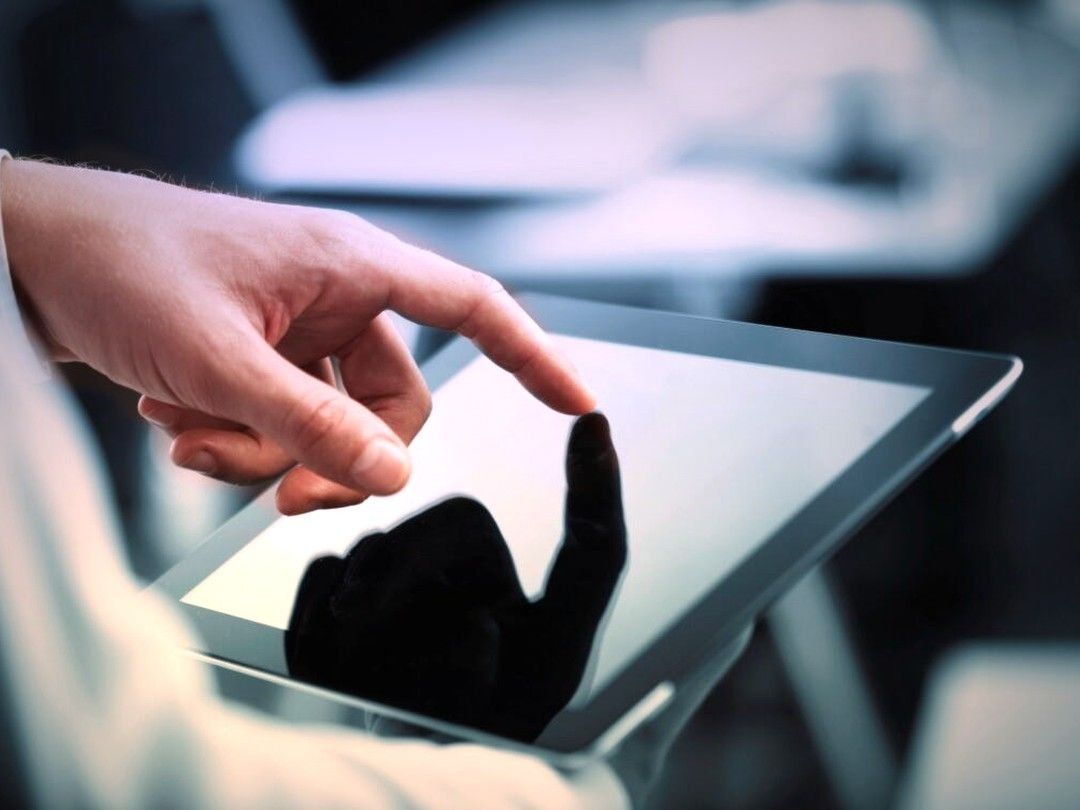Overview of the Nokia 8.3 smartphone with key features

HMD Global has unveiled the new Nokia 8.3 smartphone, the brand's first 5G network-enabled smartphone. Although this is not a flagship, but in terms of performance, it stands at the top of the middle class. The only caveat is the high cost. The official presentation took place on March 19, 2020. Before drawing any conclusions, you should take a closer look at the passport parameters of the phone. It should be noted right away that the main amount of data makes a good impression, but there are a couple of nuances that slightly spoil the overall picture. Therefore, the final impression of the new product is very controversial, because. part the user does not consider the quoted price to be appropriate.
Content [Hide]
Characteristic table
| Parameter | Meaning |
|---|---|
| CPU | Snapdragon 765G octa-core, Adreno 620 graphics |
| Memory | 6/64, 8/128 GB |
| Battery | 4500 mAh |
| Battery type | LiPo |
| Power adapter | 18 watts |
| Screen | IPS LCD, 6.81 inches, 2400 x 1080 |
| Main camera | 64 MP (f/1.89) + 12 MP (f/2.2, FOV 120°) + 2 MP (macro lens) + 2 MP (depth sensor) |
| Photo Resolution | 9000 x 7000 |
| zoom | Digital |
| Flash | Dual LED |
| Number of lenses | 4 |
| Front-camera | 24 MP |
| Flash | Screen |
| Video resolution | 1080p (Full HD) at 30 FPS |
| USB | Type C |
| Operating system | Android 10 (Android One) |
| Memory type | LPDDR4X |
| RAM | 6/8 GB |
| Storage device | 64/128 GB, microSD support up to 400 GB |
| Display | 6.81", 2400x1080, 20:9, HDR support |
| Safety | fingerprint scanner on the side |
| Connection | 5G (NSA/SA), Wi-Fi 802.11ac (2.4 + 5 GHz), Bluetooth 5.0, GPS/AGPS, GLONASS, Beidou, NFC |
| Dimensions | 171.9 x 78.56 x 8.99 mm |
| The weight | 220 |
| Screen-to-body ratio | 82.9% |
| Update frequency | 60 Hz |
| Waterproof | Not |
| Housing material | Aluminium, Glass |
Equipment of the device
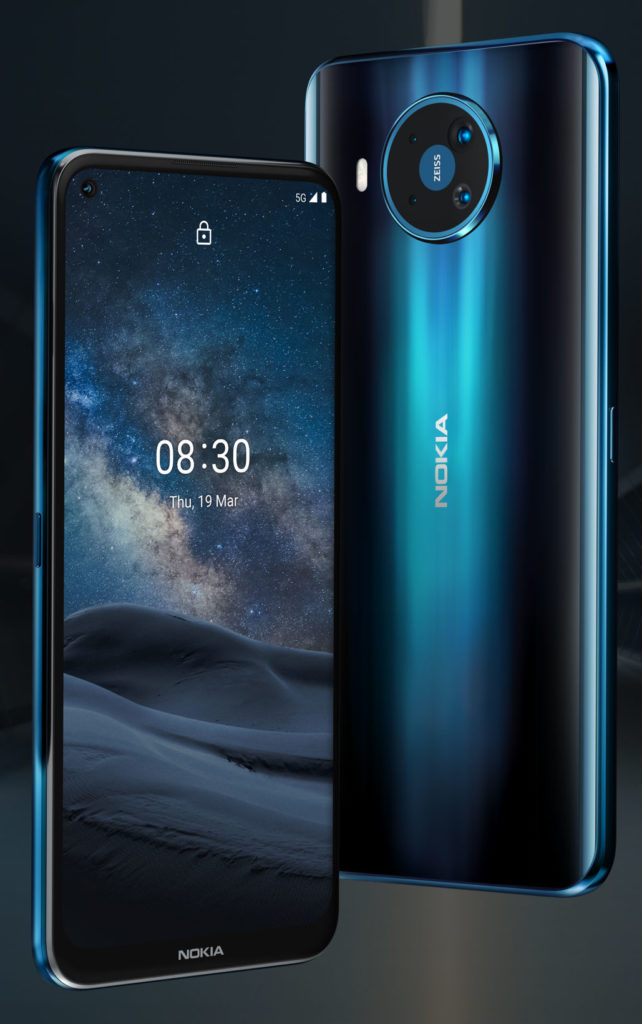
Together with the smartphone, the kit comes with a short instruction, a power supply, a USB Type-C cable and a tool to open the SIM tray. There is nothing unusual here, because. such a set is considered standard.
Basic data, dimensions of internal and external memory
The device is built on a high-end hardware platform for the middle class. The Snapdragon 765G chip, introduced in December 2019, is responsible for the operation of the device. The package includes 6 efficient cores, the frequency of which is 1.8 GHz. Adreno 620 acts as a graphics accelerator.
The buyer can choose between two configurations. The standard base has 6/64 GB of memory, the more advanced version has 8/128 GB. Either version will be more than enough for the standard buyer.Any games and applications in their large number will fit into the device. If this amount of memory is not enough, then the smartphone is equipped with a microSD slot, so the user can easily expand the storage size. However, "native" values are often enough, so there is no need for a memory card.
Battery specifications

Everything is fine with the power system. Power is supplied from a battery with a capacity of 4500 milliamp-hours. If compared with other models, then this figure is not very impressive, because. many manufacturers now use 5000 or even 6000 mAh batteries in their gadgets. But even this value is enough for the whole day even with intensive use, for example, playing games or using a smartphone for professional purposes.
The phone supports fast charging. The package includes a power supply, the power of which is 18 watts. The charger is connected using the Type-C connector. A full charge takes 1 hour 50 minutes. The value cannot be called impressive, but there are devices with lower characteristics.
Display options
This model is suitable for the clientele that prefers gadgets with large screens and sparse frames. The sides of the phone are rounded, which gives it a neater look. Even with such dimensions, the model looks compact due to the professionally designed design.
The display with a diagonal of 6.81 inches is responsible for the quality of the picture. So even referring to current standards, the display can be called quite large. The resolution did not disappoint either - 2400 by 1080, aspect ratio 20:9. But there are a couple of questions to the matrix.The smartphone is equipped with a panel, which can often be found on fairly cheap devices. But middle-class phones, especially when their price is not far from the flagship, usually put AMOLED. Perhaps for some users, the presence of IPS will become a more desirable solution. However, the main part of the audience was surprised by this choice, especially considering that earlier the manufacturing company had some problems with picture quality.
The screen supports HDR mode. This makes the display of the picture more attractive. Modification to the frames of clips shot in standard SDR mode occurs due to built-in software algorithms.
Main and front cameras
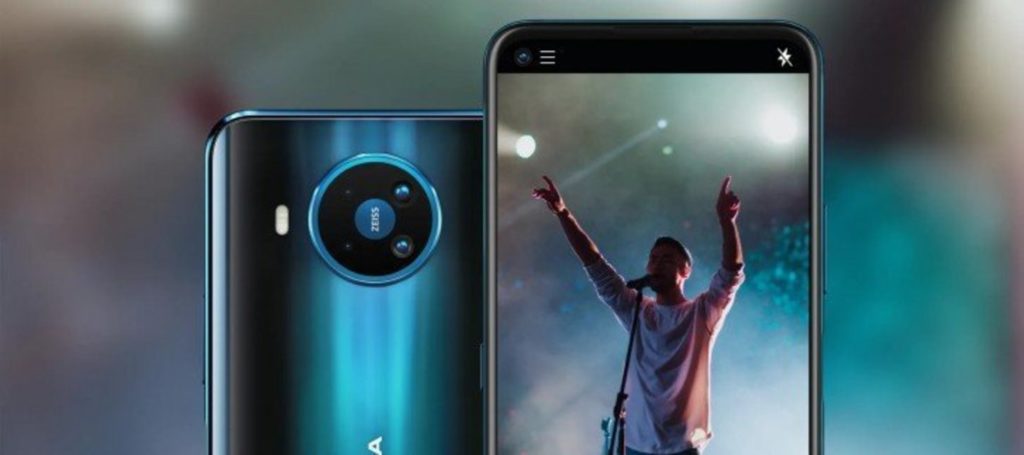
There is no waterdrop notch on the screen, but instead there is a hole in the upper left corner. As you can already understand, the front camera is located there. The resolution of its sensor was 24 megapixels.
The back panel accommodates a block consisting of four cameras. Stylistic design deserves special attention. However, some people found this choice quite attractive, while others did not appreciate the idea. In the center of the circle in which the cameras are located, you can see the ZEISS logo, indicating that this quality optics manufacturer has certified the lenses.
The main module houses a sensor, the resolution of which can be called ultra-high - 64 megapixels. But the lack of optical stabilization disappointed, because at the declared cost, it simply has to be.
The second camera is a wide-angle one based on a 12-megapixel sensor with a viewing angle of 120 degrees. The manufacturer stated that a large “super-pixel” was used here, the size of which is 2.8 microns.Due to it, the quality of night photos significantly increases. Probably referring to 12 megapixel pixel binning, which drops the actual resolution to 3 megapixels. So, there is no need to complain about the appearance of photos in poor lighting. The detail is acceptable, the sensors effectively "collect" all the available light.
The other 2 cameras of Nokia 8.3 did not stand out. The third module is a depth sensor used for portrait mode and has a 2MP sensor. The fourth is used for macro photography with the appropriate resolution. In general, if we refer to the cost, then the parameters are very meager. What is the disadvantage of the main camera? To begin with, it would be necessary to include a telephoto lens in the package. As a rule, if the price of a smartphone exceeds $500, then it should go by default. Further, a buyer who purchases a device for such a price has the right to hope for the presence of optical stabilization, which in the process turns out to be a rather useful addition. However, this opinion is debatable, so you should independently consider a set of characteristics and draw conclusions.
Additional device information
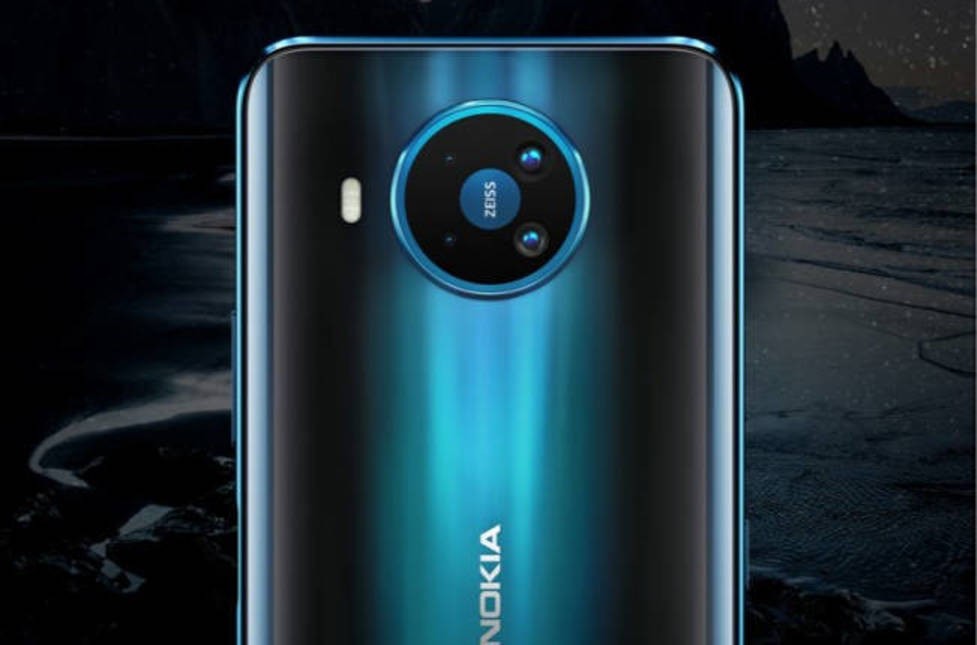
The formal name of the model is Nokia 8.3 5G. Qualcomm's X52 modem is integrated into the Snapdragon 765G chip. An interesting fact is that this is the first American chip in which a 5G modem is integrated. Even the Snapdragon 865, which is considered the flagship, does not have this option, the X55 modem comes separately. Functioning in 4G is also possible, as well as other, more outdated, networks.
Other wireless protocols also do not raise questions. The gadget has an NFC network, a 5 GHz Wi-Fi network is supported, and there is Bluetooth 5.The operating system is Android 10 with subsequent updates to more advanced versions. The Android One program that the phone participates in provides two years of live OS updates and three years of monthly security patch updates. But with a fingerprint, difficulties may arise: it is not on the back cover, it is not built into the screen either. It turned out that it is located in the side button. At first, such a solution may seem like a disadvantage, but later it turns out that it is more convenient to use such a fingerprint scanner, and its work is much more efficient than that of the on-screen one. In addition, such a placement of the scanner is a rather non-standard solution, because. a small number of manufacturers practice such innovations. Therefore, this step could be called risky, nevertheless, the risk justified itself. The idea succeeded.
Date of sale and price
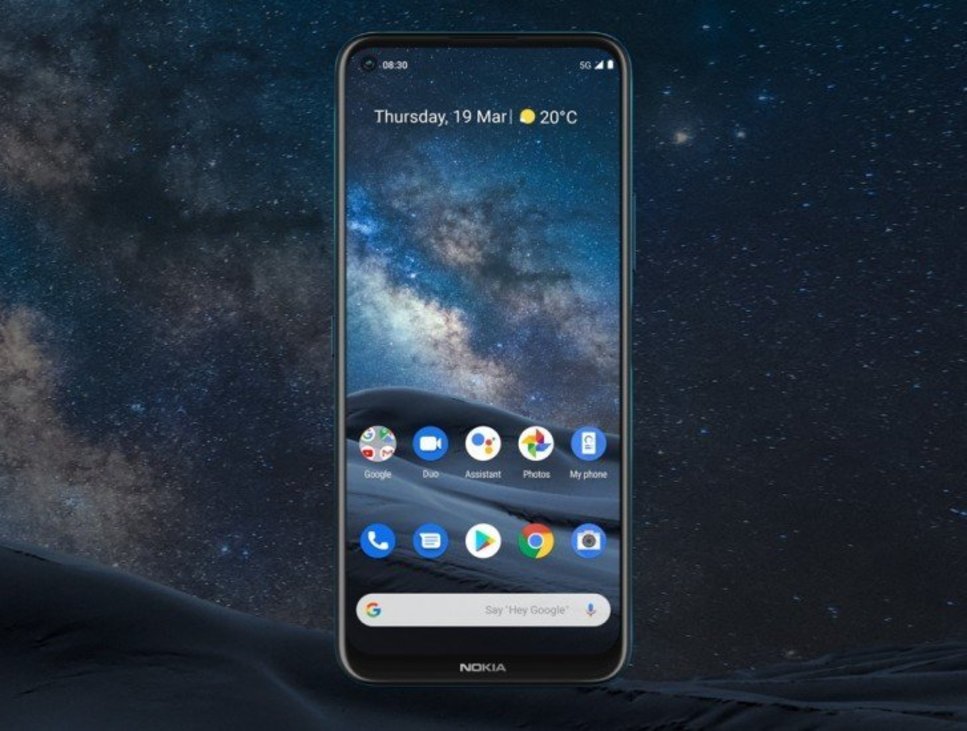
Nokia 8.3 is available only in a single color scheme, which is called "Polar Night". The name speaks for itself - it's a black case. From an aesthetic point of view, this option will not suit many. Not everyone likes black, and the fact that the color scheme is the same is slightly disappointing. Even modern flagships contain at least two color schemes. Sales will begin this summer, the exact date is still unknown. The cost of the initial configuration is 599 euros, a more advanced version will cost 649 euros.
- Large display with thin bezels
- Powerful processor;
- Quality camera.
- IPS screen;
- Only one color scheme.
And now, having studied all the parameters and nuances in more detail, only one question arises: will at least someone buy this gadget at all? Undoubtedly, the characteristics are very impressive, but the price is quite high even for such parameters. It is logical to assume that the majority of buyers will consider buying Nokia 8.3 at such a price crazy.
new entries
Categories
Useful
Popular Articles
-

Top ranking of the best and cheapest scooters up to 50cc in 2025
Views: 131661 -

Rating of the best soundproofing materials for an apartment in 2025
Views: 127699 -

Rating of cheap analogues of expensive medicines for flu and colds for 2025
Views: 124526 -

The best men's sneakers in 2025
Views: 124043 -

The Best Complex Vitamins in 2025
Views: 121947 -

Top ranking of the best smartwatches 2025 - price-quality ratio
Views: 114985 -

The best paint for gray hair - top rating 2025
Views: 113402 -

Ranking of the best wood paints for interior work in 2025
Views: 110327 -

Rating of the best spinning reels in 2025
Views: 105335 -

Ranking of the best sex dolls for men for 2025
Views: 104375 -

Ranking of the best action cameras from China in 2025
Views: 102223 -

The most effective calcium preparations for adults and children in 2025
Views: 102018



